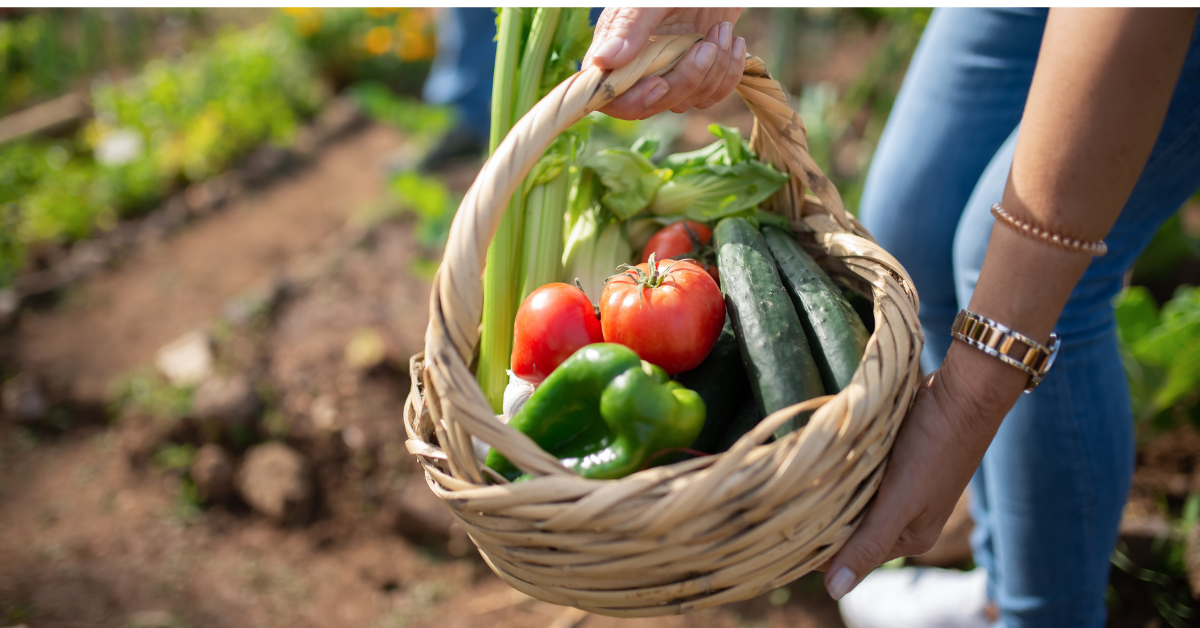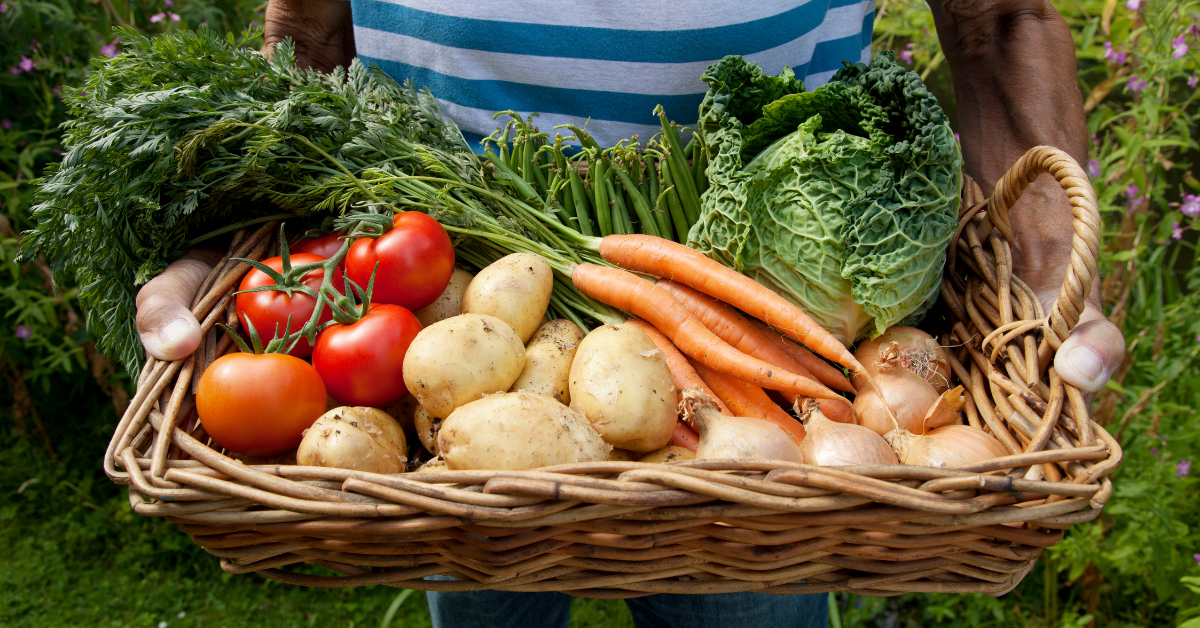
How Growing Your Own Vegetables Can Cut Your Grocery Bill

*Collaborative Post
Like many households, I’ve noticed how much the weekly food shop has gone up in recent years. Fresh produce in particular can really add up, especially if you’re trying to eat healthily and buy a variety of vegetables for family meals. But one of the best changes we made at home was starting to grow more of our own food – and the savings really do add up.
Gardening doesn’t just give you access to tastier, fresher food. It can also help you reduce your grocery bill, make your meals more sustainable, and give you a sense of achievement that no supermarket can match.
Why Grow Your Own Vegetables?
Supermarket vegetables often come with a high price tag, not just in terms of money but also in terms of packaging and food miles. When you grow at home, you skip all of that. Even if you only start with a few pots on your patio or balcony, you’ll be surprised at how much food you can produce and how much you’ll save.
Another bonus is that homegrown vegetables are picked fresh, so they last longer and taste better. That means fewer wilted greens ending up in the bin, which is another way you save money.
The Cost Comparison
Let’s take lettuce as an example. A single bag of mixed leaves can easily cost £1.50 or more at the supermarket – and it often doesn’t stay fresh for more than a couple of days. For the same price, you could buy a packet of seeds and enjoy months of cut-and-come-again salads straight from your garden.
Tomatoes, carrots, beans, and courgettes are similar. For just a few pounds spent on seeds, you can grow kilos of vegetables that would otherwise cost a small fortune. Over the course of a season, the savings can run into the hundreds.
Easy Vegetables to Start With
If you’re keen to cut your grocery bill but not sure where to begin, here are a few of the easiest vegetables to grow at home:
- Salad leaves – Fast-growing and perfect for repeat harvesting.
- Carrots – Great for containers or raised beds.
- Tomatoes – Cherry varieties are especially rewarding and delicious.
- Green beans – High yield and simple to grow up supports.
- Courgettes – A single plant can produce more than enough for a family.
Each of these is beginner-friendly, budget-friendly, and will keep your kitchen stocked for months.
Making the Most of Small Spaces
One of the myths about growing your own food is that you need a huge garden. The truth is you can cut your food bill even with a few pots, window boxes, or grow bags. Vertical growing – such as using trellises for beans or hanging baskets for cherry tomatoes – makes clever use of smaller areas.
If you’re lucky enough to have a little more room, raised beds are a fantastic way to grow a variety of vegetables while keeping them neat and manageable.
Reducing Waste
Growing at home also means you harvest only what you need. No more buying a large bag of spinach only for half of it to go slimy in the fridge. Instead, you pick fresh leaves as and when you want them. This cuts food waste and ensures you’re getting the best value from every plant.
The Upfront Investment
Of course, there is a little cost upfront – mainly seeds, compost, and maybe a few tools if you’re starting completely from scratch. But it’s minimal compared to what you save, and many of these items can be reused year after year.
If you’re ready to give it a try, you can browse a wide range of vegetable seeds at Mr Fothergill’s, who offer plenty of varieties that are ideal for beginners as well as those looking to branch out into something new.
The Added Benefits
While saving money is usually the motivation, growing your own vegetables comes with extra perks:
- You know exactly what’s gone into your food.
- It reduces plastic packaging.
- It’s healthier and often encourages children to try more vegetables.
- Gardening itself is a brilliant way to get outside, move your body, and de-stress.
Final Thoughts
With the cost of living rising, finding small ways to ease the pressure on our wallets makes a real difference. Growing your own vegetables isn’t just good for your budget – it’s also good for your health, your family, and the environment.
Start small, learn as you go, and enjoy the journey. The first time you sit down to a meal made with vegetables you grew yourself, you’ll see that the savings are only part of the reward.
*This is a collaborative post. For further information please refer to my disclosure page.




